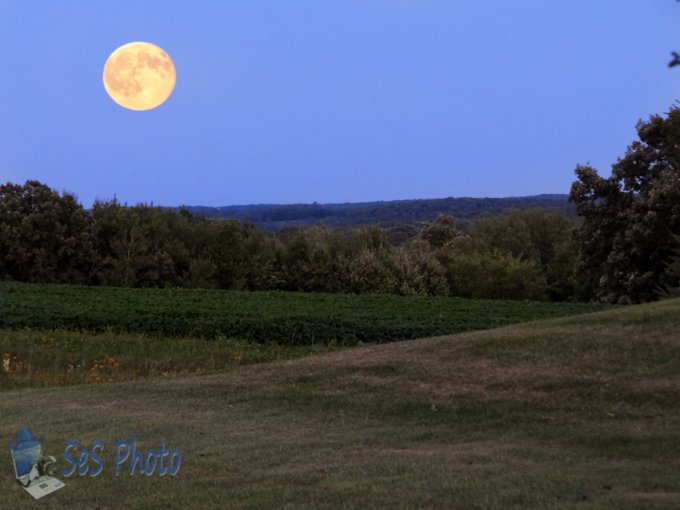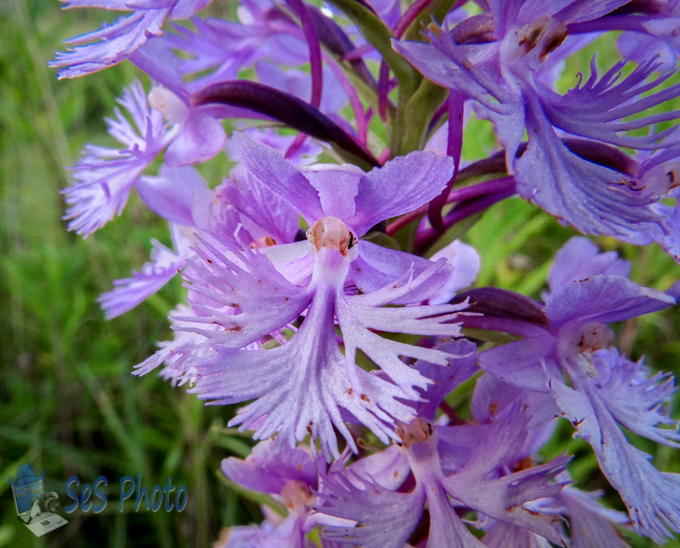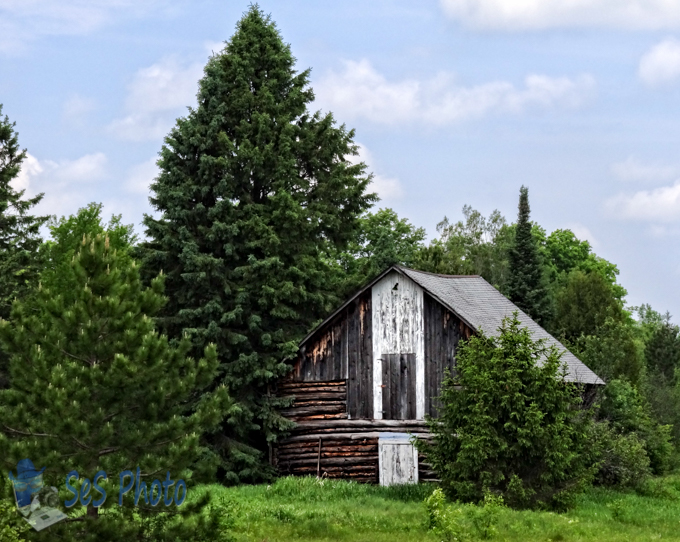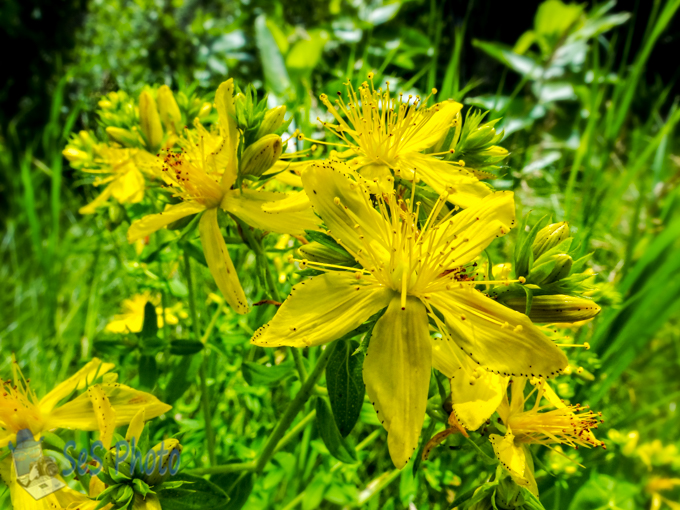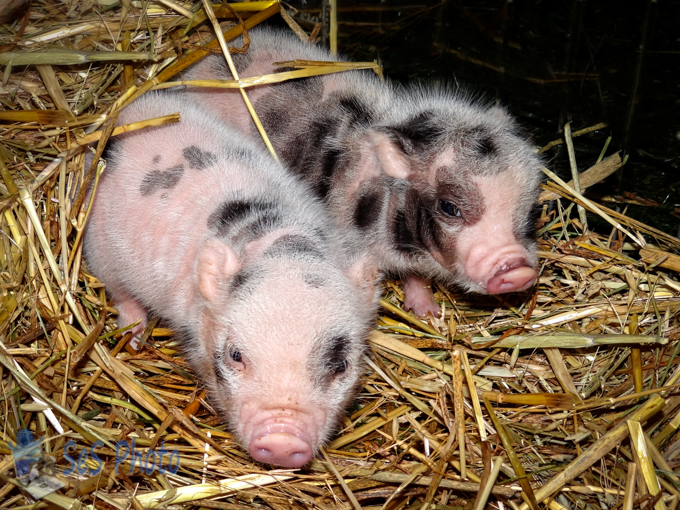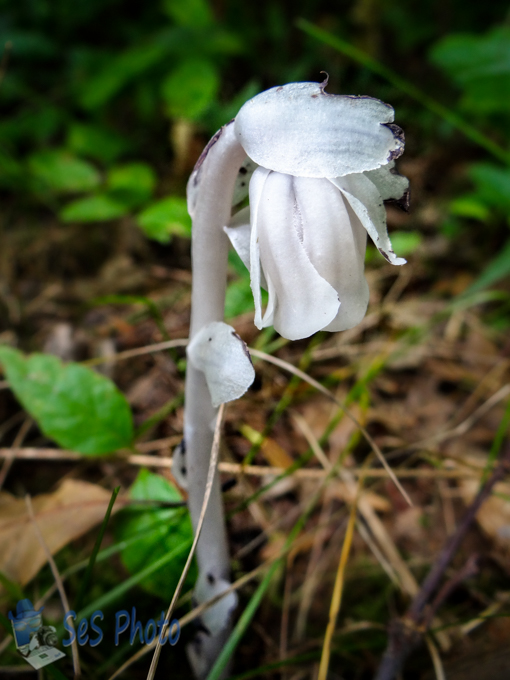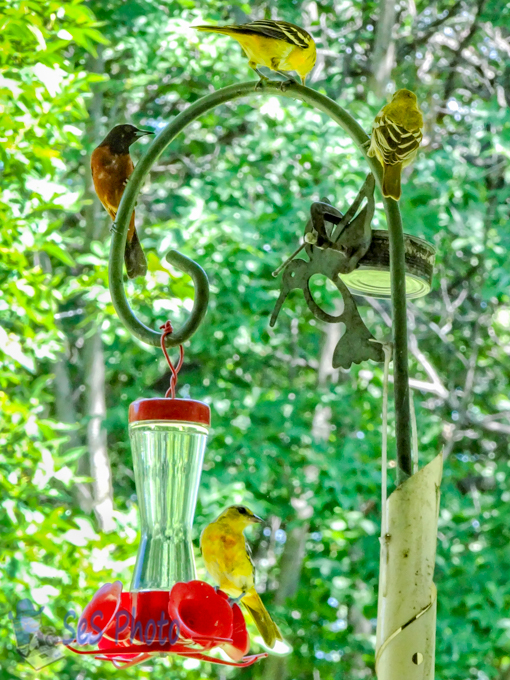Today’s full moon is called a Blue Moon, even though the moon isn’t any bluer than the full moon earlier this month. But once in a while there is a blue moon, when a volcanic eruption or smoke filters the Sun’s reflected light and makes the moon appear blue.
The original definition in the Maine Farmers’ Almanac defined a “blue moon” as the third full moon in a season with four full moons instead of the typical three. The second definition came about after an article by hobby astronomer James Hugh Pruett was published in the American magazine Sky and Telescope in 1946. He made a miscalculation, and claimed that any second full Moon in a calendar month is called a blue moon. A correction was printed but the mistake spread worldwide and is now the most common definition.
So the next blue moon by the original definition would be May 21, 2016 and next blue moon based on two in a month will be January 31, 2018. The true blue moon based on color isn’t as easy to predict since based on particles in the air.
Once in a Blue Moon


